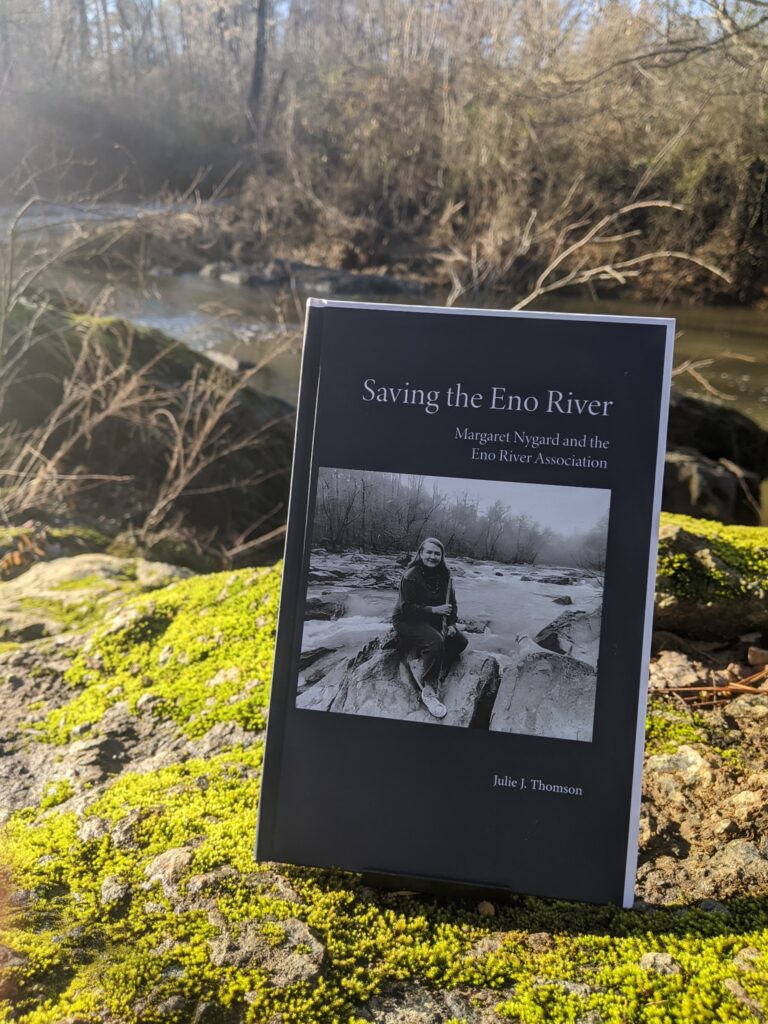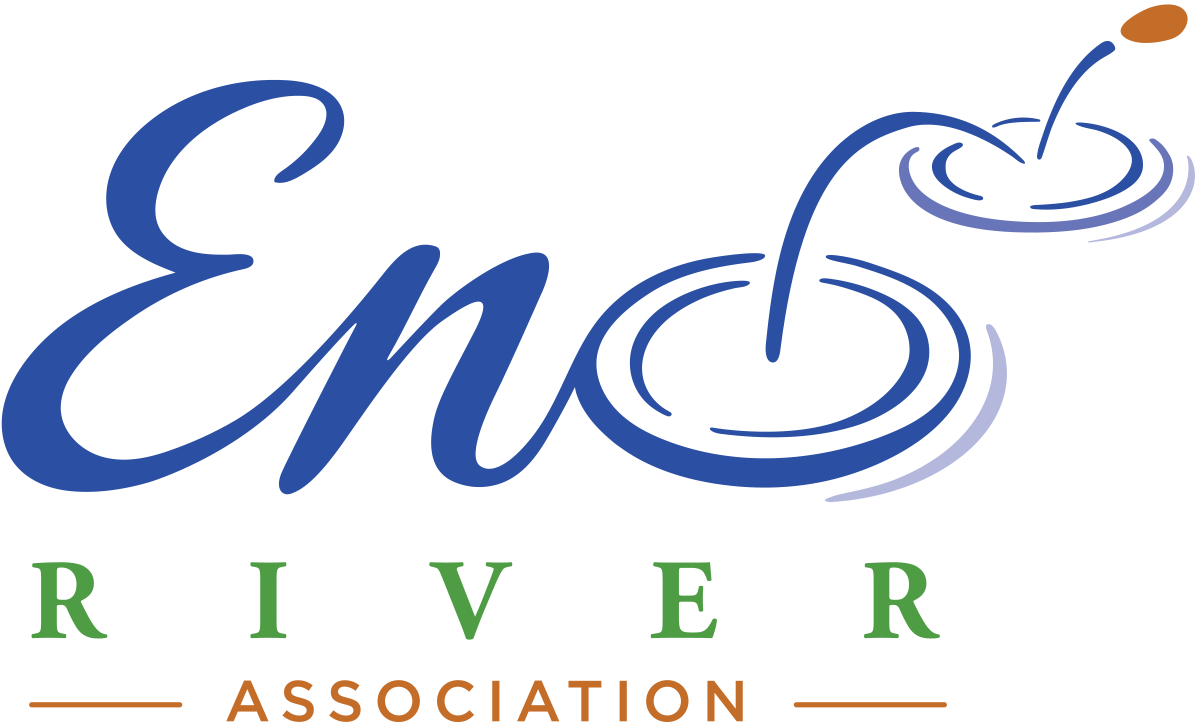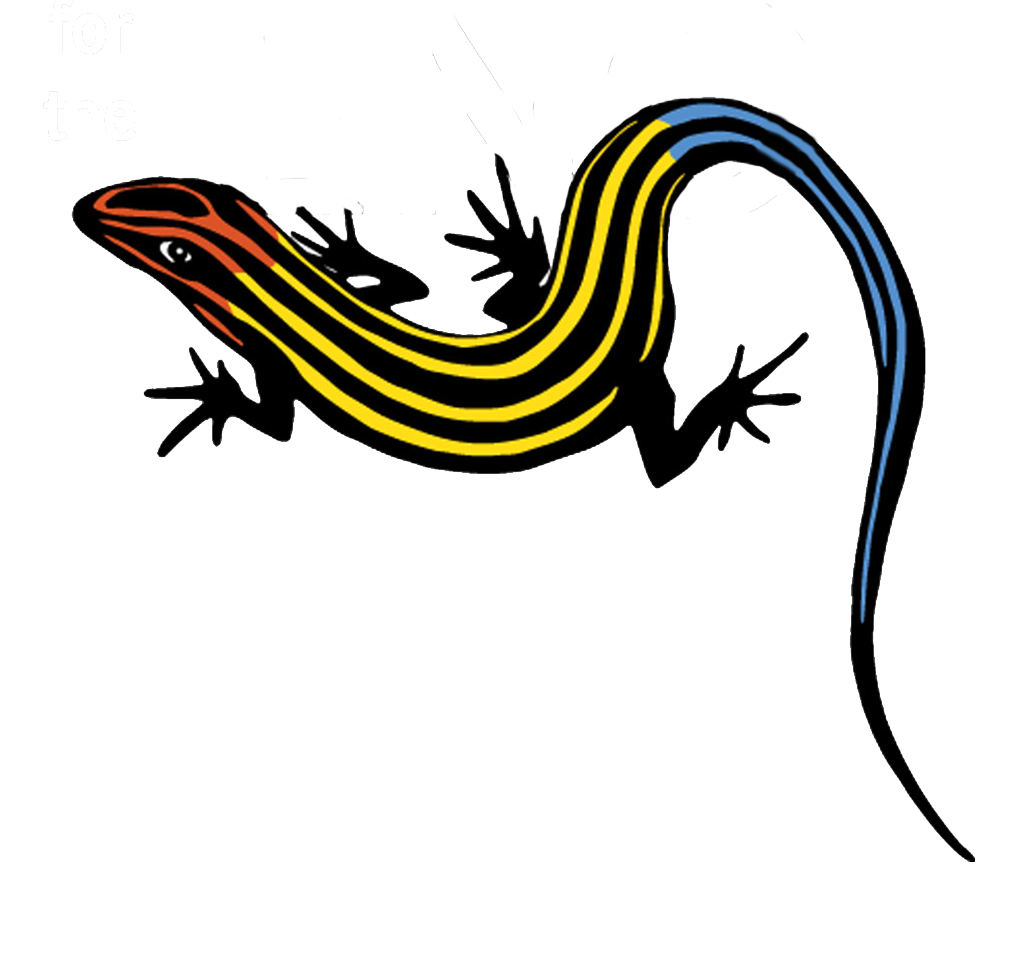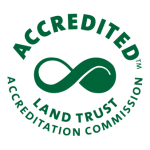
Julie Thomson is a naturalist, certified environmental educator, writer, and lover of the Eno. She enjoys studying and sharing the natural and cultural history of North Carolina and currently resides in the Black Mountain area of the state.
Below is an excerpt from an interview with Julie about her recent book, “Saving the Eno River: Margaret Nygard and the Eno River Association”, which will be available in our Eno Store in mid-February.
Find Julie on Instagram @ncnaturalistjulie. Photo at left by Holden Richards.
Association: Can you tell me about the book?
Julie: I’ve always been fascinated by the story of how the Eno River was preserved and I was always surprised that it wasn’t available as a book to read. I first learned about the Eno River Association through the annual calendar, working one summer at Schoolhouse of Wonder, and then also through the Association’s Winter and Spring hikes. I met many people who participated in the Association and the saving of the Eno. They knew the history and happily shared it on hikes and answered questions, but I always wanted to know more. Ranger Lawson Osteen at the Eno River State Park researched and presents a program titled “The Fight for the Eno” which also added to my knowledge of this history. When I worked as a Naturalist at the Eno River State Park, he let me present my own version of his program too.
About four years ago I had the idea to write this story at a level that children could read since they will be the ones who will need to continue to speak up for the Eno River in the future and continue to advocate for the preservation of it and the Eno River Valley. I wrote this book in a way that hopefully people ages 8 and up can be able to read it. Fourth grade is when students study North Carolina history, so this seemed like a good reading level to try to write it for. Many adults have already shared how they’ve enjoyed reading Saving the Eno, so it’s actually for all ages.
If asked to describe Saving the Eno I would say that it’s a NC history photobook with a song. Or at least that’s the best description that I’ve come up with so far.
Association: What inspired you to write about Margaret Nygard?
Julie: The effort to save the Eno was led by Margaret Nygard. She was an amazing woman who asked people to give as much as they could (and sometimes more) in terms of time, energy, skill, advocacy, land, and money to save, preserve, and conserve the Eno. Without her, we likely would not have the multiple parks and nature preserves along the Eno. I went to read through her papers at UNC and was further inspired by the work that she and the Association did to save the Eno. Reading through the talks she gave to area organizations and groups was particularly exciting to me.
When I realized that I could write this book as the Community Outreach project to complete my NC Certification in Environmental Education my next step was to write to the Nygard children–Kerstin, Jenny, and Erik–to ask for their help to tell this story. They were very supportive. I also worked with the Eno River State Park, the Eno River Association, historians David Southern and Herbert Englishman, and original Eno River Association members Jean Bradley Anderson and Duncan Heron. Ranger Keith Nealson, previously the Superintendent at the Eno River State Park, also let me publish his “I Love the Eno” song in this book.
Association: What did you learn when writing the book?
Julie: I’d like to respond to this by saying: How do you save a river? Or how do you save a place that you love?
The answers that we learn by studying the efforts of Margaret Nygard and the Eno River Association is that you do everything you can think of doing, and you make it a community effort.
They really did what we today would call a multi-media campaign to save the Eno. They spoke up! They wrote letters; attended city council (and countless other meetings); they asked hard questions; they wrote letters to newspaper editors, they researched the Eno River Valley in many ways (plants, animals, history, people who lived there, geology); they published a newsletter, calendar, and journal; they founded what would become the Eno River Association, they designed and made silkscreen bumperstickers; they presented hikes and rafting trips; they presented color slide presentations; artists designed fine art posters to sell; photographers made beautiful photographs of the Eno; historians found historic maps of the Eno and artists drew new maps; they created the annual Eno Fest; and so much more! They talked to anyone who would listen and they invited people to learn why the Eno is so special.
Association: Did anything surprise you when researching the book?
Julie: I’ve become even more inspired by all of the effort, planning, and strategies that went into the work that Margaret Nygard and community members did to save the Eno. I would also say the beauty of their campaign. They involved artists in their efforts–designers, photographers– and through the Eno Fest also musicians, and even dancers. They also researched and shared both the Natural History and the Cultural History of the Eno in multiple ways and shared it.
The saving of the Eno is an inspiring example of what can be achieved when community members work together and make their voices heard. And this work continues today.
I’d like to also add that donations from colleagues and friends made it possible for me to raise money to donate copies of the Saving the Eno book to 40 public elementary schools in Durham and Hillsborough, as well as a copy to the main libraries in Durham, Hillsborough, and Chapel Hill. We’re already hearing from teachers about their interest in using this book with their students. Hopefully they will be able to bring their students on a field trip too!
Association: Do you have a special trail or place on the Eno?
Julie: I have so many special places along the Eno! [laughs] But I’ll just mention a few of them here.
I became a Naturalist by visiting Penny’s Bend Nature Preserve once a month (sometimes more) for a period of two years. I got to know the wildflowers there, connected with sections of the Eno and the geology, and studied the trees, birds, and turtles there too.
When I worked as a Naturalist at the Eno River State Park I fell in love with the Buckquarter Creek Trail. It’s exciting to hike a trail often and see it on a monthly, weekly, and even daily basis. Every day is different and there’s always something new to see.
During the first year of COVID-19 I lived in Hillsborough near the Occoneechee Speedway and I developed a special relationship with that site and the sections of the Eno there. I’m delighted it is being added to the Eno River State Park!
The Eno Confluence is a wonderful area; I’d love to spend more time there.
I love the Eno!


